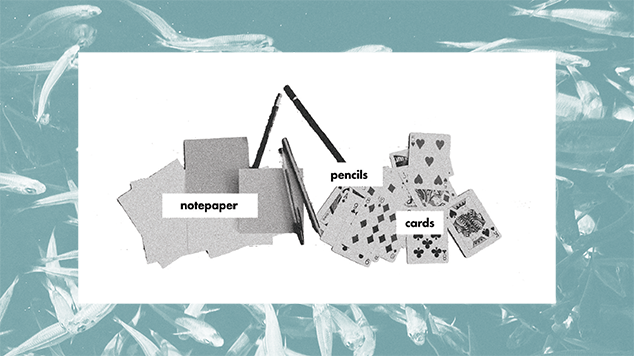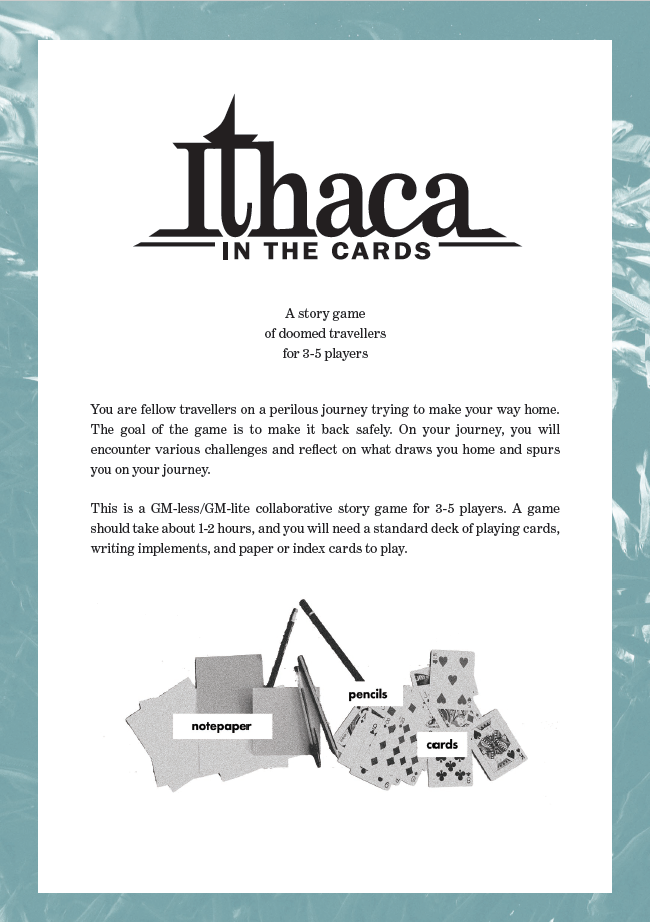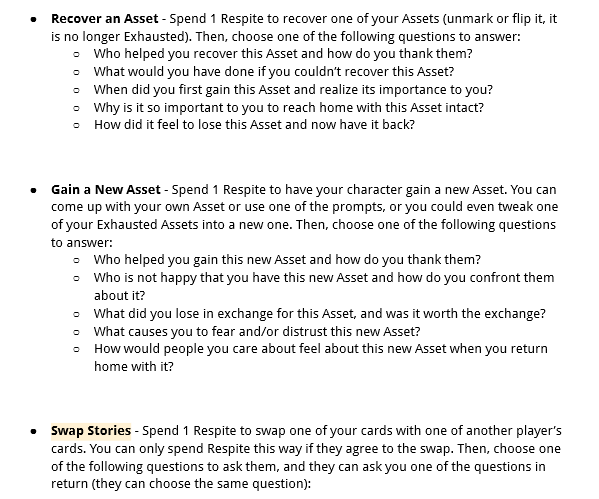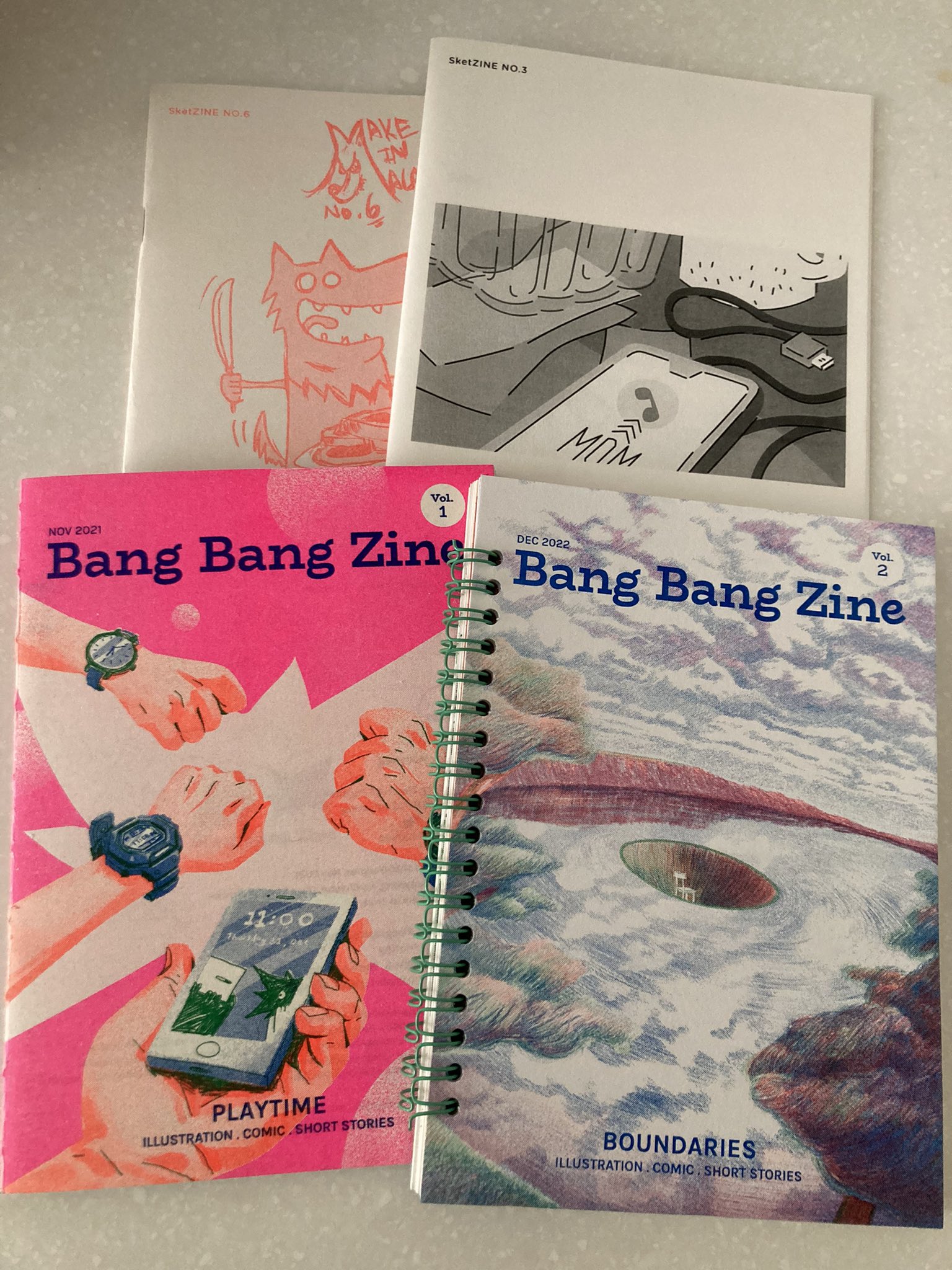April 2023 - ReVisions

Hello friends and lovers! In this month's newsletter, I want to touch on revisiting old designs and re-discovering and reinforcing the vision of that design.
As I mentioned in last month's newsletter, I've been working on an update to Ithaca in the Cards, called Second Expedition. My initial scope for the revision was just to expand the tables of prompts and add in a solo mode, and maybe clean up the presentation of the rules now that I didn't have to fit it into an anthology like Homebound.
The version that I shared in the last newsletter reflected that initial plan, adding in all the new prompts and a sketch of the solo mode and cleaning up a bunch of verbiage and rules explanation from the old version. I also took the opportunity to expand the character creation with an additional trait to help with figuring out your character's aims, and reworked the old system of using Aces to help modulate difficulty into a Morale system that used 10s instead as I wanted to refine the available numbers in the deck. All in all, mostly refinements and focused, incremental changes in line with the design parameters of the existing games. All according to plan.
The best thing about plans is when they fail in interesting ways.
(This is also why I love playtesting! Playtesting is an "accepted and understood" form of failing in interesting ways, where a "failed" play of a game is actually a successful playtest. I probably should talk about "successfully failed" playtests some day.)
I took this version of the game to a couple of Playtest Zero sessions, and it was enlightening to see it back in action, and the most recent playtest reminded me of one of the biggest issues with the game that I had never actually addressed: the ever-present threat of the 3-card 21. This had also come up during my game with Jeff Stormer over on the Party of One podcast, where the game ended kind of abruptly with a 21 that didn't feel quite right for the story we had.
A couple of factors combined to make the 3-card 21 such a big issue for this game:
- The game immediately moves to the end if any one player manages to get exactly 21 on their cards, which means the impact of hitting 21 is immense and needs to be treated with much more care than the other ways of ending the game. There's no way to get a 2-card 21 anymore, so the minimum number of turns in the game is 3. Ideally, I want most games to go for 4 turns, with the occasional 3 or 5 turn game.
- Even without the face cards, aces, and the 10s in the deck, there are still too many combinations that can make a 3-card 21: 3+9+9, 4+8+9, 5+7+9, 5+8+8, 6+6+9, 6+7+8, 7+7+7. In a previous version of the game, I had removed the 9s and 10s from affecting the player side, and I foolishly changed this to put the 9s back in because I figured the odds with the 9s still weren't too bad (the big mistake I made here was only considering the odds for a single player getting a 3-card 21, not one out of 3 or 4 players). Removing the 9s reduces the chances of a 3-card 21 immensely, cutting down the combinations to just 5+8+8, 6+7+8, 7+7+7. I actually found a little note on my notes app where I had worked out the combinations to decide on eliminating the 9s and 10s from the previous version and I'm such a fool for forgetting that.
- The existence of the double-draw as an option (which I initially put in as a way to have a high-risk, high-reward play) means that the minimum turn range for the game isn't actually 3 turns but 2. Three turns can still feel like a nice little arc for a game, but two turns is much too short.
We had a lot of great discussions after the playtests about what could be done to fix the issues here, including getting rid of the immediate game end condition on hitting 21 exactly. Perhaps the most important question asked during the discussion was "Why does it work this way anyway?". Why have the 21 end the game this way? What does this mechanic actually do for the game?
A lot of the mechanisms in the game emulate blackjack, because early on I wanted an easy-to-remember threshold for losing a character during the game. I settled on 21 being a thematically appropriate number since I wanted the game to work with a standard deck of cards, and then oriented a lot of the mechanics around that. However, there are actually a lot of deviations from standard blackjack that whatever ease of understanding and learning the game is gained from using familiar forms is greatly diminished. Hence the question of why continue sticking with the significance of hitting 21 exactly.
I also had some further discussions on the themes and tone of the game, and what type of narrative I'm setting up for the players to expect from the introduction and presentation, and whether the mechanics serve that. Ultimately I realized I needed to sit down and really think back on what the goals of the game were.

I looked back at the initial pitch of the game, which was about "doomed travellers on a perilous journey home", and "reflect(ing) on what draws you home and spurs you on your journey". I realized that while I did want the players to struggle and try to succeed, I really wanted them to mostly "fail" and grapple with what that meant for their characters. I wanted the journey to feel dangerous and focus on what awaited the characters at home that would drive them to keep struggling and going on even as they lose more and more friends on the journey.
However, I didn't want this to be a fully hopeless game of doomed fates. I wanted there to be this sliver of hope, that if you did struggle, you maybe could pull this off. Because on the flipside of "success", is the fact that even in your triumph, you won't return home unchanged. The character who journeyed away is not the same as the character who returns to old shores.
It was super useful to revisit and restate the vision of the game, and I was super thankful to also be able to talk it out with some other designers during yet another Playtest Zero session where we didn't actually do any "playtesting" but just talked through a bunch of stuff we've been working and mulling on with our games. To be honest, I really love those types of sessions and find them incredibly helpful, sometimes even more than "proper" playtests.
With this in mind, I've decided to stick with the blackjack frame for now, focusing the changes on reducing the chance of the 3-card 21, removing the double-draw option, and properly building out the reflection phase to provide easy prompts for the players to reflect on the difficulties of the journey and the changes they're undergoing. You can find the latest revision of the game on Google Docs here.

This isn't to say that the blackjack frame is safe (one of the options I'm interested in investigating later is going with more of a poker framing and shoot for a much more unlikely hand combination), but I'm making incremental changes for now to re-orient myself with the overall vision of the game. It's mostly sticking to the original wording of the pitch, but I think the process of re-examining it has helped me articulate some of the nuances of that pitch and how to translate them into the details a bit better.
It's a bit annoying that the revision process ended up being more work than I expected, but hey I'm taking this as a reminder that I'm a more experienced designer than I was when I initially designed the game and I'm now able to better express what I wanted it to (or at least, have another good go at aonother interesting failure!). Will it work? We'll find out after some more playtesting, I guess!
Revised regards,
Aaron
P.S. - I haven't done much else to talk about in terms of game design this month since I worked a lot on Ithaca in the Cards, but I did check out a bunch of really cool local zines and I ended up talking about them on Twitter and Cohost. You should check them out!

